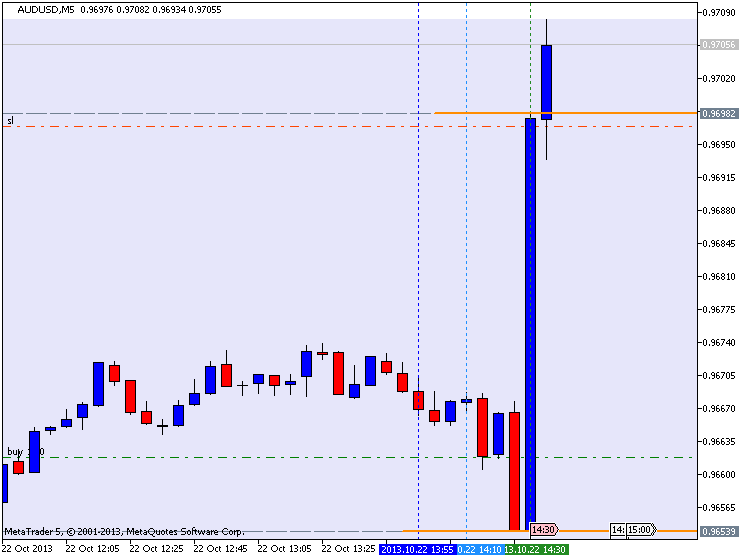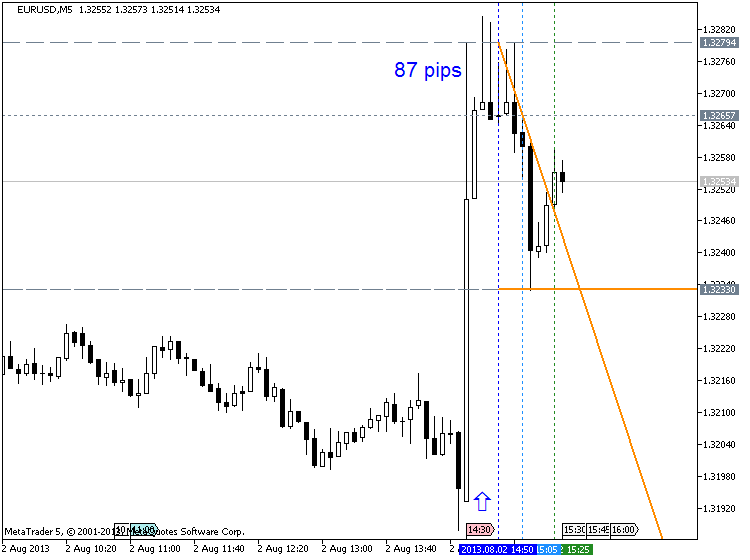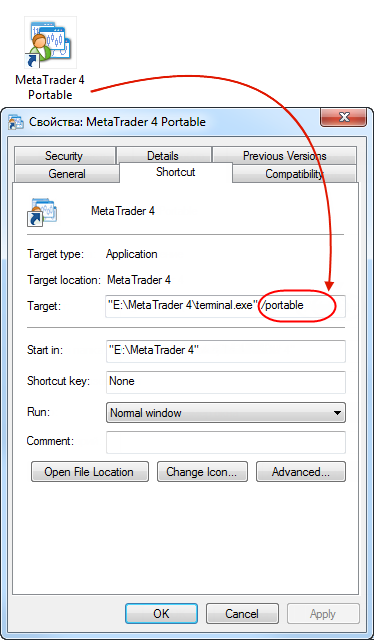In today's lesson we are going to look at the advantages and disadvantages of the second most popular style of trading, swing trading. Swing trading is generally defined as a style of trading where positions are held for larger gains over multiple days and up to several weeks.
- Traders who promote this style of trading normally feel that it combines the best of both day trading and position trading. What this means is that these traders feel swing trading gives you a similar ability to amplify gains as day trading does, with the slow pace and lower transaction costs of position trading.
- A second advantage that many traders would site about swing trading, is that good swing traders plan their entries and exits in advance and since positions are held for longer than one day this method of trading does not have the same intensity that day trading does.
While some traders prefer the intensity of day trading, traders who want a less stressful trading career often opt for swing trading as a result. I think most traders would agree that the biggest disadvantage to swing trading is the increased risk per trade. Because swing traders hold positions for longer periods of time, their average risk per trade is generally higher than day traders in order to give the position enough breathing room to work.
- As swing traders hold positions overnight they are also exposed to the overnight risk which we learned about in our lesson on day trading.
- Secondly, although swing trading does not require as much work as day trading, it still generally requires more work and resources than position trading, as good swing traders normally follow the markets very closely even when not entering or exiting a trade.


 2Likes
2Likes LinkBack URL
LinkBack URL About LinkBacks
About LinkBacks





 Reply With Quote
Reply With Quote












Bookmarks